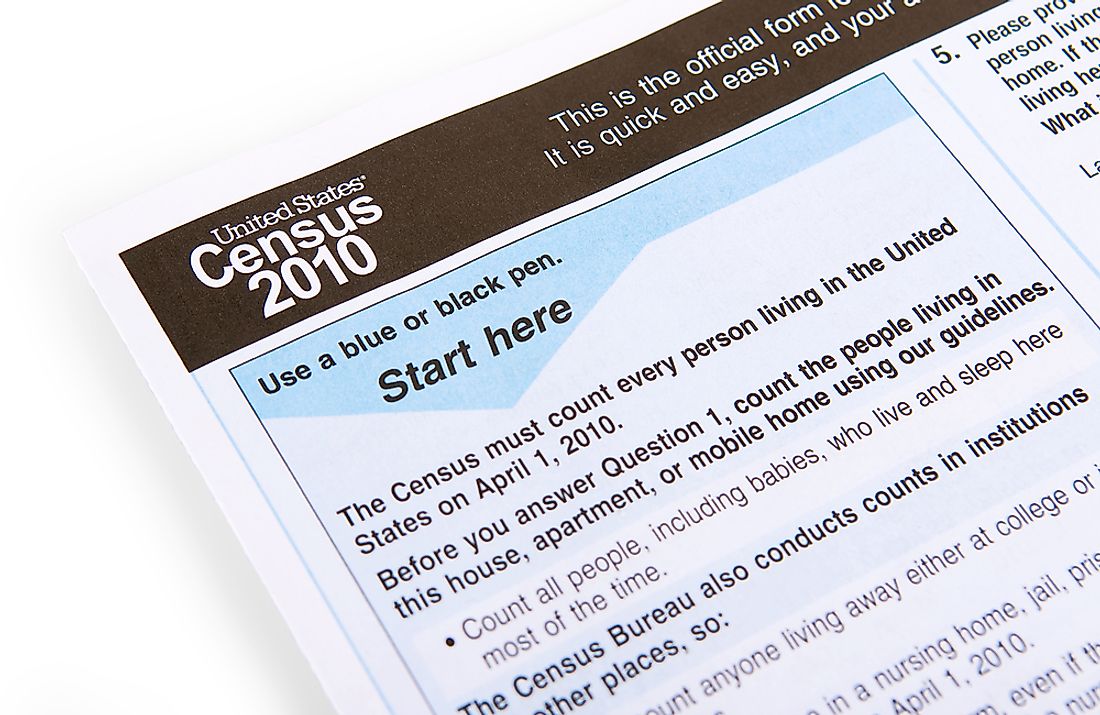What Is The United States Census?

A census is an official process of acquiring, recording, and analyzing information regarding a given population. The survey is of carried out in a systematic manner within a given period of time and a defined territory. Census in the US is mandated by the constitution under Article I section 2. The organ that carries out the census in the country is the United States Census Bureau. The maiden census was carried out 1790, immediately after the American Revolution. In 2010, the Bureau conducted the current census. The next census will be in 2020 since the activity takes place every ten years.
History
In the 17th century, a census was conducted in Virginia long before the constitution was ratified. People from most of the British colonies, which later formed the United States, were counted. The complexity of the US’ needs and interest necessitated the need for statistics. This would make people understand what was going on and form a basis for planning. The first inquiry on manufactures, quantity, and value of products happened in 1810. Inquiries on fisheries occurred in 1840 while in 1850 social issues inquiries were included in the census. Publishing of all census results became lengthy in 1880 after inclusion of more inquiries necessitating census mechanization which happened in 1890.
The Census Procedure
Decennial US census statistics are derived from a physical count of people living in the US. People residing in the US are counted regardless of whether they are citizens, non-citizens or illegal immigrants. The Bureau decides on who to count based on the usual residence. For those without a conventional residence, the Census Bureau applies special procedures to ensure they are counted. As for the residential units without occupants, the census applies hot-deck imputation. Americans living outside the US may be excluded from the census unless they and their dependents are federal employees. Previously, the US Marshals instructed that the census be carried out in August. Later it changed to April 1. The main objective of carrying out a census is to divide the house seats in equal proportions to the population.
Data Analysis
Census records are stored by the National Archives and Records Administration. Records pertaining to individual respondents are availed to the public after 72 years. What is released immediately to any interested party is the aggregate statistical data. Any researcher or stakeholder wishing to access the census statistics can obtain microdata from the year 1850. Decennial questionnaires can be obtained online from the website. The National Historical Geographic Information System avails aggregate data for specific geographic areas for the period 1790 to 2010. The IPUMS (Integrated Public Use Microdata Series) is an informative site for obtaining census analyzed data.
Regions and Divisions
To effectively and efficiently carry out the census, the bureau divides the US into four census regions. The regions are further divided into nine divisions. The regions are Northeast, Midwest, South, and West. The nine divisions are New England, Mid Atlantic, East North Central, West North Central, South Atlantic, East South Central, West South Central, Mountain, and Pacific.
Controversy
Democrats have urged the Census Bureau to use modern sampling techniques to increase accuracy hence minimize controversy. This is after the 1970 census where over 6% of blacks were not counted in comparison to only 2% of whites. However, the Republicans argue against modern sampling techniques because they assert that the US constitution requires an actual number of people. Controversy also arises from the statistics on prisoners. The Prison Policy Initiative argues that prisoners are counted as residents of the prisons which is quite misleading.
Respondent Confidentiality
The law prohibits either the census taker or any Bureau employee from revealing identifiable information, the reason why individual responses are sealed for 72 years. The length of storage is based on life expectancy.











